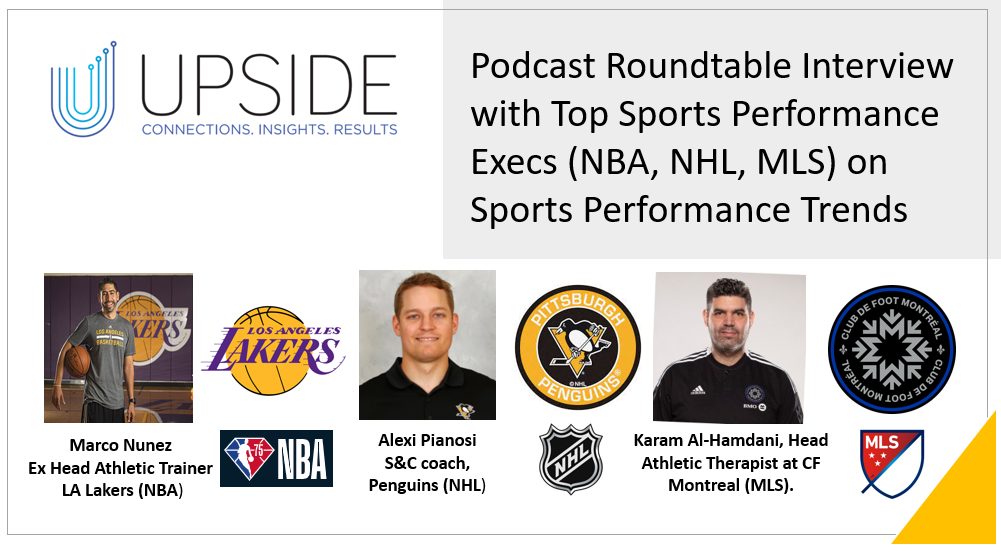This week we had the honor to interview a group of sports performance experts. Marco Nunez, former head athletic trainer for the LA Lakers (NBA). Karam Al-Hamdani, Head Athletic Therapist at CF Montreal (MLS). Alexi Pianosi, Strength and conditioning coach for the Pittsburgh Penguins (NHL). ?Show Notes: Through this interview,…
Share This Story, Choose Your Platform!
Total reviews
Persons recommended this product
Anonymous
Shopper
check_circle Verified
Shop owner replied
Anonymous
Shopper
check_circle Verified
Shop owner replied
Thanks for your review!
Your feedback helps us improve our service.
There are no reviews yet.
Be the first to review “ ”
Please log in to submit a review.
Don't have an account? Register here .
Only logged in customers who have purchased this product may leave a review



